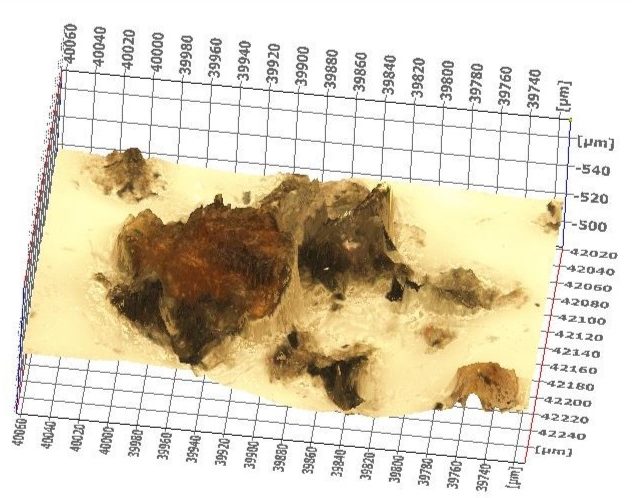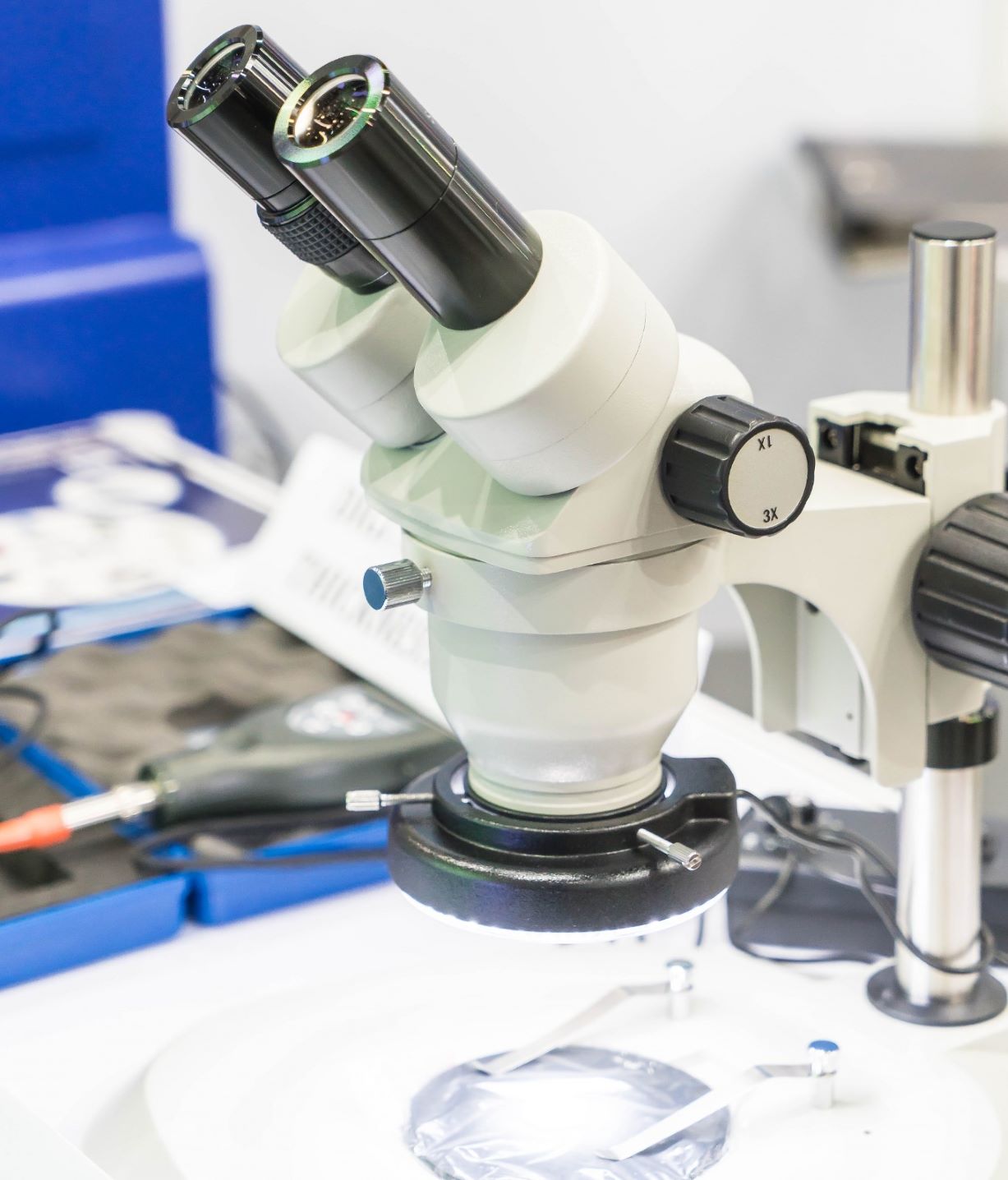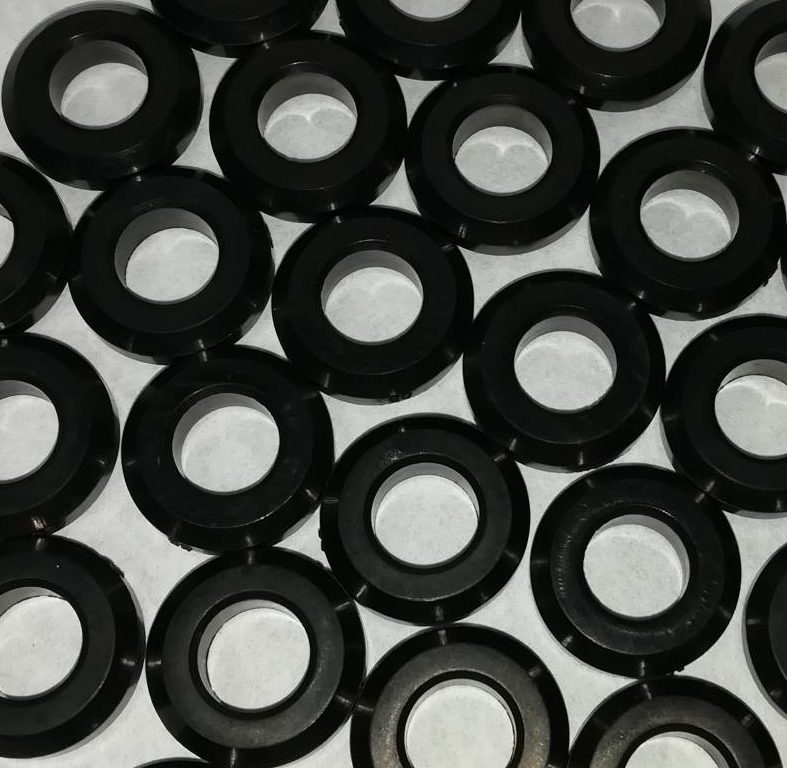What was the challenge or problem to solve?
In the competitive world of industrial manufacturing, ensuring that parts meet the highest quality standards is crucial, especially in high-performance applications where analysis of contaminants is critical and can lead to catastrophic failures. The Forensic Engineering team at INFINITIA faced the challenge of validating a manufacturing method that ensured the absence of contaminants in the produced parts.

This challenge arose from the need to ensure that every part produced for high-performance applications was free of solid impurities. Impurities can significantly reduce the efficiency and safety of the final product, jeopardizing both the mechanical integrity and the company’s reputation. Therefore, it became imperative to develop a rigorous analysis method to determine whether the parts met the necessary cleanliness requirements.

The solution to this challenge began with a thorough collection of the quality standards required for the parts. From this, the Forensic Engineering team conducted an extensive literature review to identify the most robust and proven contamination analysis methods in the industry. This selection process culminated in choosing an appropriate method that suited both the type of production and the specific material of the parts.
Subsequently, the selected method was implemented in several test batches, adjusting production parameters and collecting the solid residues released for analysis.
This phase was crucial for measuring and comparing the amount and size of contaminants present in each batch. The data obtained allowed the team to establish clear correlations between production parameters and the purity of the parts.
The results of these analyses were decisive. They not only confirmed which batches met the necessary quality standards but also provided essential information to adjust the manufacturing processes. This knowledge allowed our client to optimize their production methods, ensuring that all parts manufactured for high-performance applications were free of defects and contaminants.

